Using a glucose meter to keep track of your blood sugar level is a part of daily life for millions of people suffering from diabetes around the globe. This blog post is aimed at helping you when you feel inconvenience while using your glucose meter and test strips safely. You may be an expert at testing your blood sugar levels, however, there are some useful tips to consider as safety reminders for every one of us. This post shall cover the following important areas: No to use previously owned/used test strips Follow the instructions carefully Ask your health care provider to watch you test yourself Do quality control checks of your device Understand what the meter display means Know which test site/part gives the most accurate results Know when and how to clean and disinfect your glucose meter. These areas are discussed with little further details here: Not to use previously owned/used test strips Test strips are in common use for a variety of tests that allow patients to test for or monitor some diseases or serious health conditions, such as pregnancy, glucose concentration, cholesterol, urine etc. in the comfort of own homes. For instance, a person with diabetes may apply blood to a test strip to measure his/her blood glucose (sugar) level or women use pregnancy strips to check whether they are pregnant by checking for a particular hormone in their urine. Similarly, people on warfarin therapy may apply blood to a test strip to obtain their International Normalized Ratio (INR) to help detect and diagnose a bleeding disorder or excessive clotting disorder. Some sellers at times are marketing secondhand or pre-owned test strips to the consumers at reduced prices. These are, most of the time, unused test strips owned earlier by someone else. These second-hand strips may be sold at relatively lower rates when compared to the new strips which can be the sole temptation for many buyers which can be very costly in terms of increased risks for many serious diseases and health conditions. For instance, if you receive an inaccurate reading from a preowned/secondhand test strip and use the same result as a basis for your treatment, you could take too much of a medication or not enough of it, jeopardizing your health condition and ultimately leading to serious injuries and further complications. For instance, advertising billboards may be seen in your neighbourhood offering cheap test strips, or the same may be sold online by certain sellers marketing cheap test strips at online marketplaces or can be procured directly from the seller. Here the issue is that the pre-owned strips may not be safe for use with devices and can result in misleading data. When it comes to buying test strips, including glucose test strips designed for your glucose meter it is advised to buy new strips with sealed vials or unopened container. It is further suggested that you do not buy or sell previously owned glucose test strips, which can give incorrect results and may not be safe to use with your device. You must talk to your health care provider if you are not sure where to buy test strips for your glucose meter or if you cannot afford to buy the test strips recommended for use with your meter. Here are some more useful recommendations to consider. Proper storage of test strips: Test strips should be appropriately stored in order to give accurate results. For the pre-owned second-hand strips the risk is always high that the stipes would not have been stored properly as it is hard to know this. There is also a risk that the test strips could be expired. This lack of proper storage or using expired strips could put your health at risk for getting incorrect results from your glucose meter and incorrect results can put you at risk for serious health complications. Used/opened strip box can be risky: Test strip containers which have already been opened by another person may have small droplets of blood on them. This can put your health at risk of infection. Used/opened strip vials may have been tampered: Already opened/used test strip containers may have been tampered with. This meddling with the strip containers shall not be with some noble intentions which means that they may not be safe to use. There is a possibility that the date of expiry might have been altered or the label may have been removed or papered over. Another sign of unsafe strip: If the instructions given on the container/vial are illegible or not in English or the strips look markedly different from the strips of the same brand, so there is a chance that the strips can be unsafe to use. The crux of the matter is that whenever you buy test strips for your glucose meter, it is advised to buy only new strips with unopened box/container and never take the risk of buying pre-owned second-hand test strips. Follow the instructions wisely: Glucose meters and test strips are sold with clear guidelines for its use. In case you have certain queries not addressed properly in the given instructions, you must contact the manufacturer/retailer of your device. If not available, talk to your health care provider. Ask doctor/technician to observe you while you were testing yourself: Your doctor/ technician shall be in a good position to tell you if you were using your device correctly once he/she watches you while you were testing yourself. Do quality control checks of your device. Using a control solution, you need to test your glucose meter regularly to make sure that the test strips and the meter were in perfect order and working properly. You must follow the instructions given for the use of glucose meter to see how often you should test it. Understand what the meter readings mean. You also need to understand how high and low glucose values are reflected on your glucose meter. On certain occasions, the readings are shown as “LO” or “HI” when the sugar level is beyond the range than the meter can evaluate. Here you need to talk to your health care provider if you have some queries. Know which test site/part of the body gives an accurate reading. While monitoring your glucose level, you must know that readings from other parts of your body may not be as accurate as fingertip readings for a variety of reasons. Readings from alternate sections of the body such as forearm or palm can be less precise than fingertip readings when your sugar levels change abruptly, for instance, after taking a meal or during exercise. Hence, it is advised to take blood from your fingertip if you think your blood glucose is low. In case, you don't have a symptom when your blood glucose normally gets low, or if results from an alternate part of the body do not match your physical state or how you feel. Know when and how to clean and disinfect your glucose meter. A very important thing- you should know how to clean, disinfect, maintain and store your glucose meter. In this regard, instructions for cleaning, maintaining and disinfecting your glucose meter given in the manual must be followed.
0



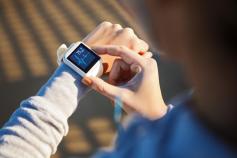

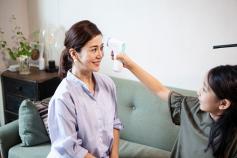
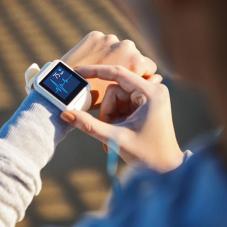

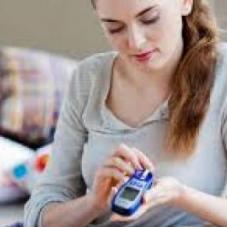
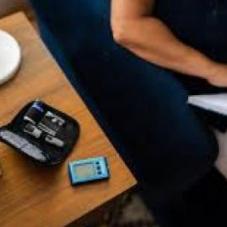
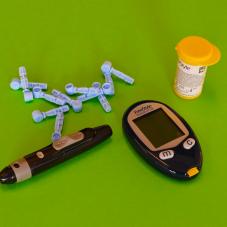
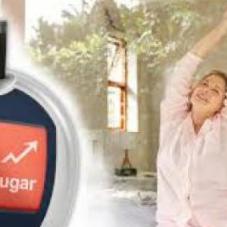
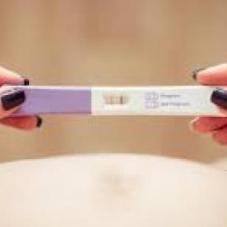
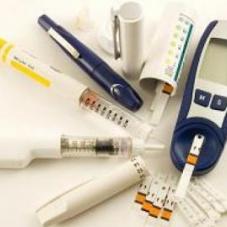
0 Comments